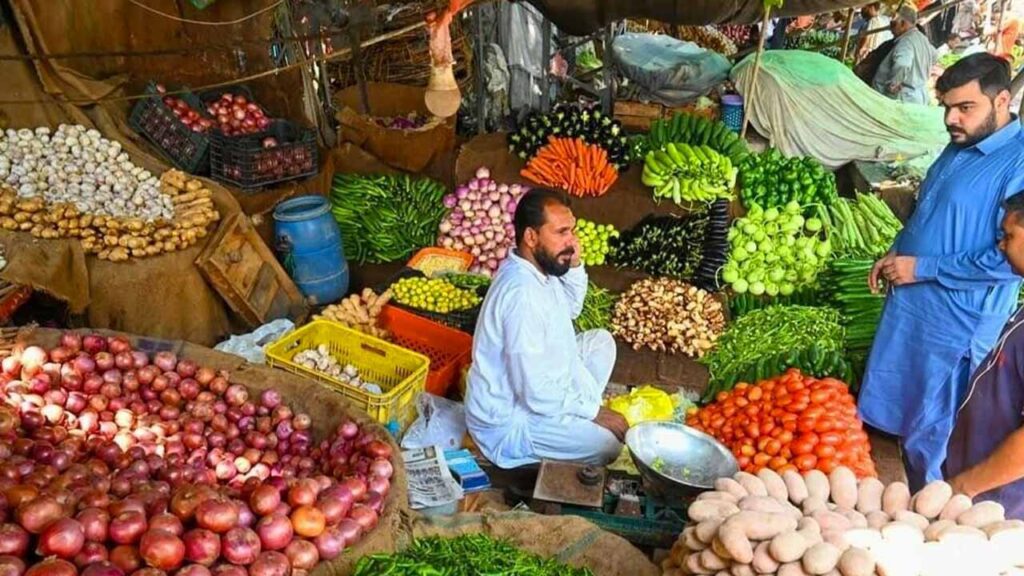- Web Desk
- Dec 13, 2025
Pakistan’s weekly inflation eases: Sensitive Price Indicator reports 0.33% decrease
-
- Web Desk
- Oct 27, 2023

WEB DESK: In the week ending October 19, Pakistan experienced a slight decrease in its weekly inflation rate, as indicated by the Sensitive Price Indicator (SPI), according to the latest report released by the Pakistan Bureau of Statistics (PBS) on Friday. The SPI exhibited a decline of 0.33 percent during this period.
Data provided by the PBS reveals that the Combined Index, a comprehensive measure, stood at 277.11, compared to 278.04 on October 19, 2023. To put this into perspective, the index was noted at 213.74 a year ago, on October 27, 2022.
Among the 51 essential commodities monitored, the prices of 14 items experienced an increase, 17 items saw a decrease, and 20 items remained stable in the market.
Significant drops were observed in the prices of chicken (10.19 per cent), onions (4.4 per cent), rice IRRI-6/9 (3.84 per cent), bananas (3.64 per cent), gur (3.4 per cent), pulse masoor (2.36 per cent), sugar (2.22 per cent), and mustard oil (2.17 per cent).
Conversely, certain items witnessed a surge in prices during this period. Tomatoes experienced a substantial increase of 20.81 per cent, followed by potatoes (3.33 per cent), eggs (1.63 per cent), salt powdered (0.91 per cent), garlic (0.77 per cent), tea prepared (0.67 per cent), plain bread (0.56 per cent), and mutton (0.28 per cent).
Read more: PKR slips for fifth consecutive day, closes at Rs280.57 versus US dollar
Examining the year-on-year trend, the data indicates an overall rise in prices. There was a significant increase of 29.65 per cent in the general price level, with specific items showing remarkable hikes.
Gas charges for Q1 rose by 108.38 per cent, cigarettes by 94.46 per cent, chilli powder by 84.11 per cent, rice basmati broken by 78.51 per cent, wheat flour by 77.49 per cent, and gur by 57.73 per cent.
Additionally, certain commodities witnessed a decrease in prices, including tomatoes (31.90 per cent), onions (24.88 per cent), pulse gramme (5.82 per cent), mustard oil (4.16 per cent), and 1 kg of vegetable ghee (0.92 per cent).
This data provides crucial insights into the fluctuating economic landscape, allowing policymakers and consumers to make informed decisions in the face of changing market conditions.





